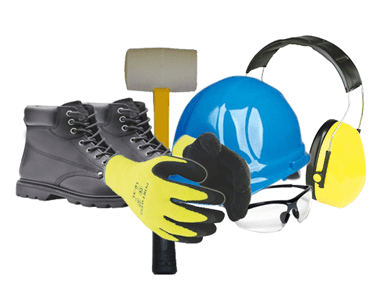Stud finders and scanners can really help you see what is behind the drywall. They are part of the measuring tool and you can find them in a wide range of models and brands such as “Mastercraft”, “Stanley”, “Black & Decker” and “Zircon”. It is practically impossible not to find the tool that is right for you. In fact, every homeowner needs a stud finder and this tool should not be missing in any household.
The Importance of these Tools for a Household
It may seem strange, but it is difficult to find a piece of wood that you need to hang something in a house full of framing lumber. I think any of us has had the same frustrating experience of trying to drive a nail or a screw through the drywall and instead of hitting a wooden stud, hitting nothing else than air. Therefore, a stud sensor is an indispensable tool for any handy homeowner, and not only. Wall scanners and stud finders are the simplest and fastest way to find floor and wall framing. They create an electric field that penetrate a less dense surface such as drywall and detect any material that is behind the drywall and is denser than air.
Wall Scanners and Stud Finders Are Not Foolproof
These tools are really essential for any household, but they are not exempt from errors.
They can find easily a wooden stud behind your drywall, but do not have the ability to find their center. All wall scanners have their distinct learning curve to indicate precisely the stud center. However, because different materials other than wood can cover the wood framing pinpointing the stud center can be considerably erroneous. Therefore, it is a good idea to check the center location using a nail. First, you can find the stud edges and then you can approximate the stud center and mark it. There’s nothing more frustrating than having a new kitchen cabinet with many holes inside it from unsuccessful attempts to find a solid base for your screws.
In fact, the best way to install new cabinets is to find the stud behind the drywall, to mark its center and then to measure and mark 16-in. on both sides, and make sure there is no pipe nearby. It is possible that sometimes your stud finder to confuse a pipe with a wood stud.
However, new sensor stud finders go beyond finding only lumber. Some of them can find easily pipes or electrical wires others can help you to establish a level with their laser line. Many of them are so advanced that they can find any piece of metal in a concrete wall or concrete floor.



